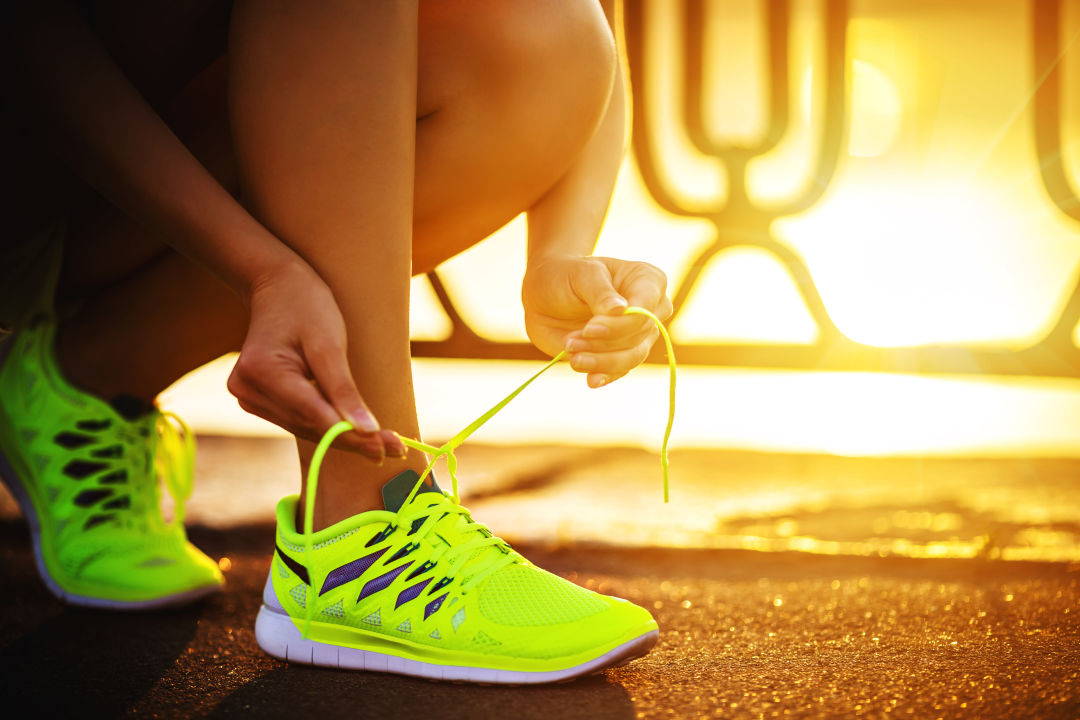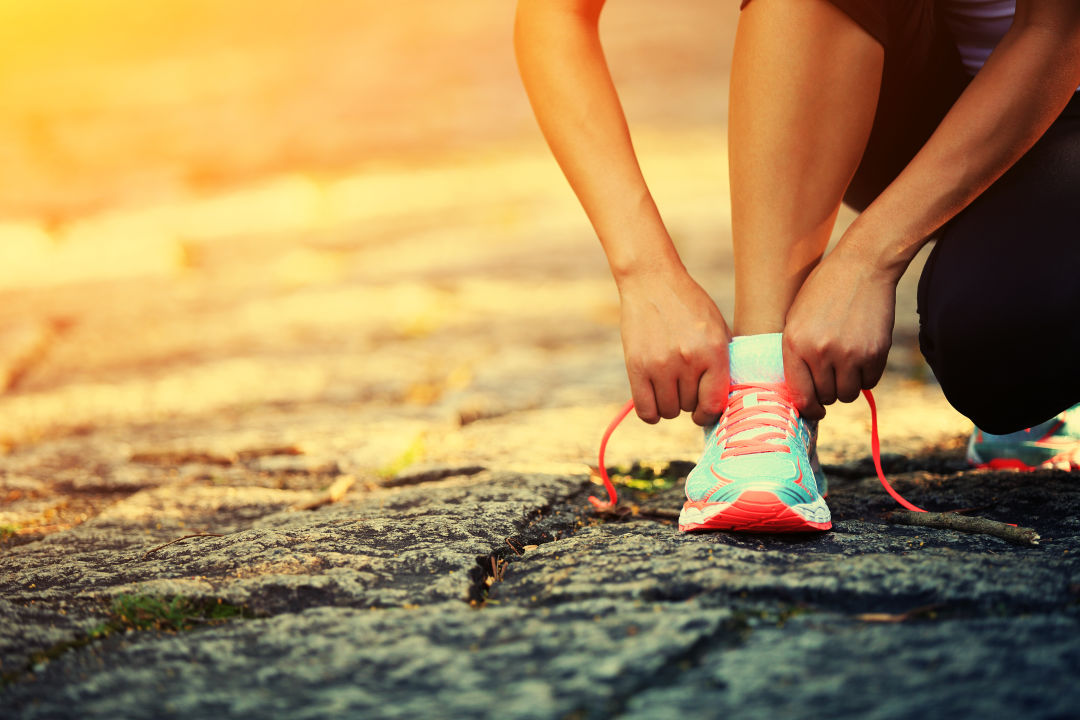Are You Wearing the Wrong Running Shoes?

Image: Shutterstock
Running isn’t so much a hobby as a way of life in Portland, thanks to our temperate climate, thriving athletic community (hello, Nike!), and more than 100 miles of trails. But pounding the pavement in improperly fitted running shoes can do more harm than good—and efforts to buy new kicks often leads us to stare blankly at a massive wall of choices.
Luckily, there’s another way. Foot Traffic’s Daniel McDuff shares six simple steps to finding the perfect pair of running shoes:
- Go to a pro.
“I think the most important thing with the shoe-fitting process is to come somewhere where they’re knowledgeable about footwear,” says McDuff. Footwear professionals can analyze your gait and recommend the right shoe for your running style. And with more than a dozen running shoe stores spread across the city, there’s bound to be one close by.
- Know your gait.
With gait analysis, “We can narrow footwear down from the 60 pairs that we have on the wall to three or four that are appropriate, based on foot strike type,” McDuff says. The process is simple: you’ll walk on a treadmill for about a minute while a pro films your steps. The expert then reviews the footage, looking for pronation (shifting inwards) or supination (shifting outwards) in the ankle joint. About 70 percent of runners pronate, 3-5 percent supinate, and 25 percent are neutral.
Why does this matter? As McDuff explains: “We see a bunch of neutral shoes, with the same density of foam on inside and outside, and a bunch of stability shoes [for pronation] as well, which will have a varying degree of denser materials on the inside to meet the amount of movement inwards and adjust for that.” (The third option is a control shoe that’s super stable, with lots of denser material and a really wide base, but that’s quite rare.)
If you wear the wrong shoe, “you’re not guaranteed to have an injury, but there can definitely be some discomfort.” Over time, wearing the wrong shoes can throw alignment off through knees, hips, and back, leading to a whole host of maladies.
- Drop it like it’s hot.
“Drop” refers to the difference between heel height and toe height. Standard shoes have 12mm of drop—in other words, they’re 12mm higher in the heel. But many newer, minimalist-influenced shoes have only 4mm of drop, and others are completely flat, with zero drop. Try on a pair of each to discover what works best for your feet.

Image: Shutterstock
- Consider minimalism.
The barefoot running craze flared out years ago, but its minimalist influences live on. “Zero drop encourages a mid-foot strike, which is a little more natural, rather than a heel strike,” McDuff explains. In addition to zero-drop shoes, many newer models have much wider fits, which also allows the foot to behave more naturally when striking the ground.
But before you spend big bucks on minimalist kicks, take note: people prone to calf injuries or plantar fasciitis often require serious strengthening and flexibility exercises before they can safely use minimalist footwear. If you’re frequently injured and not willing to commit to extra work, these shoes probably aren’t for you.
- Go wild!
Once you’ve narrowed down what basic style is right for you, the next step is to start pulling pairs off the shelves and taking them for an in-store test run. “Go with whatever your instincts tell you to go to,” McDuff encourages. “Whatever you notice the least is going to be much better five or six miles into the run.” Just don’t get too hung up on aesthetic—if you find a super comfy but totally hideous shoe, most styles have many color options that the retailer can order for you.
- Say no to insoles.
Many modern shoes, especially minimalist models, have a lot of sole flexibility, which can lead to arch discomfort and even injury. If you’re experiencing arch pain, try switching to a more rigid sole, rather than slipping in an insole.
“Putting an insole in there changes the geometry of the shoe, changes how it flexes, so unless there’s planter fasciitis or a really high arch that finds anything off the wall really uncomfortable, I don’t like to stick someone in an insert,” says McDuff.




